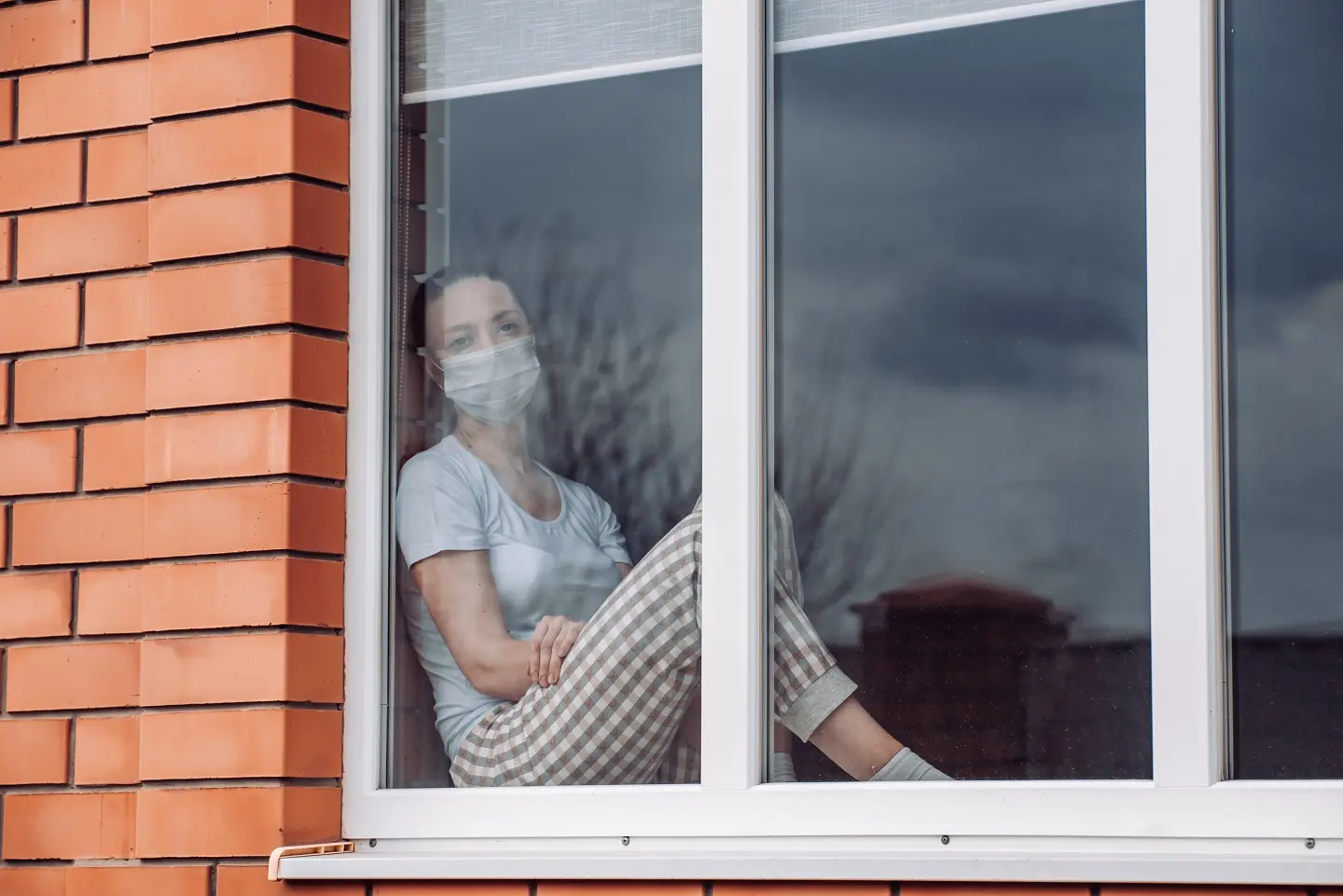
Containing Coronavirus
Professor’s research shows California lockdown saved as many as 1,661 lives in first four weeks

With at least 24 states lifting or easing COVID-19 lockdown restrictions and more expected to join them in the coming weeks, a Bentley professor’s research is the first to quantify how shelter-in-place orders have helped “flatten the curve” of the pandemic and save American lives.
Stanton Research Professor of Economics Dhaval Dave, together with colleagues Andrew Friedson at the University of Colorado Denver, Drew McNichols at the University of California Santa Barbara, and Joseph Sabia at the Center for Health Economics and Policy Studies at San Diego State University, analyzed public health outcomes for California, the first state to issue a shelter-in-place order. They found that, in the first four weeks after lockdown, California prevented as many as 1,661 deaths and reduced the total number of new coronavirus cases by roughly 87,000.
A health economist, Dave’s primary focus is how public policy measures affect health outcomes and behavior. He’s kept a close eye on America’s response to COVID-19 since the disease first appeared in Wuhan, China, in late December. By early April, 42 U.S. states had enacted shelter-in-place or stay-at-home orders compelling residents to self-isolate in their homes. A handful of states resisted quarantine measures, however, arguing that the resulting economic losses trumped public health concerns. As of May 4, 24 states had either rescinded lockdown orders or significantly eased restrictions to allow residents to shop in retail stores, dine in restaurants, and visit hair salons, gyms and movie theaters.
As debate surrounding the issue intensified, Dave began wondering about the impact of lockdown orders. “Most people understand limiting contact with others reduces community spread,” of the coronavirus, he says, “so the issue isn’t about social distancing per se, but rather the economic consequences of these policies.” But in order to make informed decisions about ending or extending lockdowns, Dave and his colleagues reasoned, policymakers must first understand how such legislation affects public health. Finding no data readily available, they set out to find answers.
Professor Zoë Wagner Explains the Science Behind COVID-19
The researchers outline their methods in a working paper published by the National Bureau of Economic Research. Using data from states with similar population densities and pre-lockdown coronavirus rates, they calculated the most likely scenarios for California’s COVID-19 case and mortality rates without quarantine measures in place. The team ran multiple models, controlling for variables such as testing rates, incubation periods, subsequent social distancing measures and even the weather (which plays a factor in social interactions) to ensure the most reliable estimates.
Comparing these figures with actual statistics for the same four-week period (March 19–April 20), the team found “consistent and compelling evidence” that California’s shelter-in-place order “generated important health benefits,” saving as many as 1,661 lives and preventing approximately 87,000 new coronavirus cases. Going one step further, they also calculated the economic cost associated with these health outcomes: Roughly 400 job losses for each life saved.
Dave is hopeful the team’s results can help legislators as they grapple with pandemic policies. “This is the most serious public health challenge in American history,” he says. “As policymakers try to mitigate the effects of COVID-19 on people’s lives and livelihoods, it’s important they have evidence-based outcomes to guide their decisions.”

